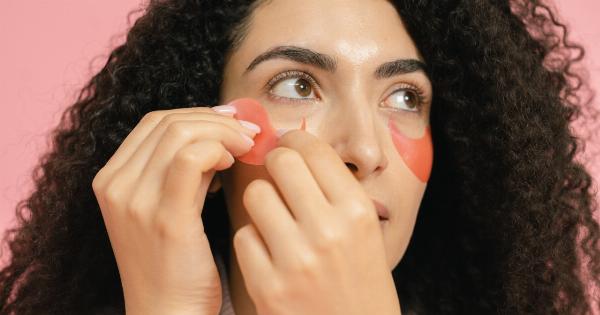Conjunctivitis, commonly referred to as “pink eye,” is a common eye condition that affects both adults and children alike.
This eye condition affects the conjunctiva, which is the thin, clear tissue that lines the inside of the eyelid and covers the white part of the eye. Conjunctivitis in children is a highly contagious condition that is caused by bacteria or viruses. It is important to understand its causes, symptoms, and treatment options to keep your child safe and healthy.
Causes of Conjunctivitis in Children
Conjunctivitis in children is most commonly caused by viruses and bacteria but can also be caused by allergies or irritants. Viral conjunctivitis is highly contagious and is usually caused by the same virus that causes the common cold.
It typically starts in one eye and spreads to the other eye. Bacterial conjunctivitis is also highly contagious and can be caused by a variety of bacteria. Both viral and bacterial conjunctivitis can be transmitted through contact with infected hands, towels, or other personal items.
Allergic conjunctivitis is caused by an allergic reaction and can be triggered by pollen, dust mites, or certain foods. This type of conjunctivitis is not contagious.
Irritant conjunctivitis can be caused by exposure to chemicals, smoke, or other irritants, and is also not contagious.
Symptoms of Conjunctivitis in Children
The symptoms of conjunctivitis in children can vary depending on the cause of the condition. The most common symptoms of conjunctivitis in children include:.
- Redness in one or both eyes
- Swelling or puffiness around the eyes
- Increase in tear production or discharge
- Crusting of the eyelids or lashes
- Burning or itching sensation in the eyes
- Sensitivity to light
- Blurry vision
Treatment of Conjunctivitis in Children
Treatment for conjunctivitis in children depends on the cause of the condition. Viral conjunctivitis usually resolves on its own, but your child’s doctor may prescribe antiviral eye drops to help reduce symptoms.
Bacterial conjunctivitis is typically treated with antibiotic eye drops or ointment. Allergic conjunctivitis can be treated with antihistamines or allergy medications, and irritant conjunctivitis can be treated by removing the irritant and using artificial tears to soothe the eyes.
It is important to understand that not all cases of conjunctivitis require treatment. However, if your child experiences persistent symptoms or if symptoms worsen, you should seek medical attention immediately.
This is especially important if your child experiences eye pain, visual disturbances, or if their eyes are swollen shut.
Prevention of Conjunctivitis in Children
There are several things you can do to help prevent conjunctivitis in children:.
- Regular hand washing is key. Teach your child to wash their hands frequently with soap and water, especially after touching their eyes or face.
- Avoid sharing personal items like towels, pillows, and toys that come into contact with your child’s face.
- Teach your child how to properly use and dispose of tissues.
- It is also important to ensure that your child’s vaccinations are up to date, as some types of conjunctivitis can occur as a complication of common childhood illnesses such as measles and chickenpox.
Conclusion
Conjunctivitis is a common eye condition among children that can be caused by bacteria, viruses, allergies, or irritants.
While most cases of conjunctivitis are not serious and can be easily treated with antibiotics or antiviral eye drops, it is important to take measures to prevent the spread of the condition and seek medical attention if symptoms persist or worsen. Proper hand washing, avoiding sharing personal items, and ensuring that your child’s vaccinations are up to date are some of the key factors you can do to prevent the spread of conjunctivitis in your child.


























